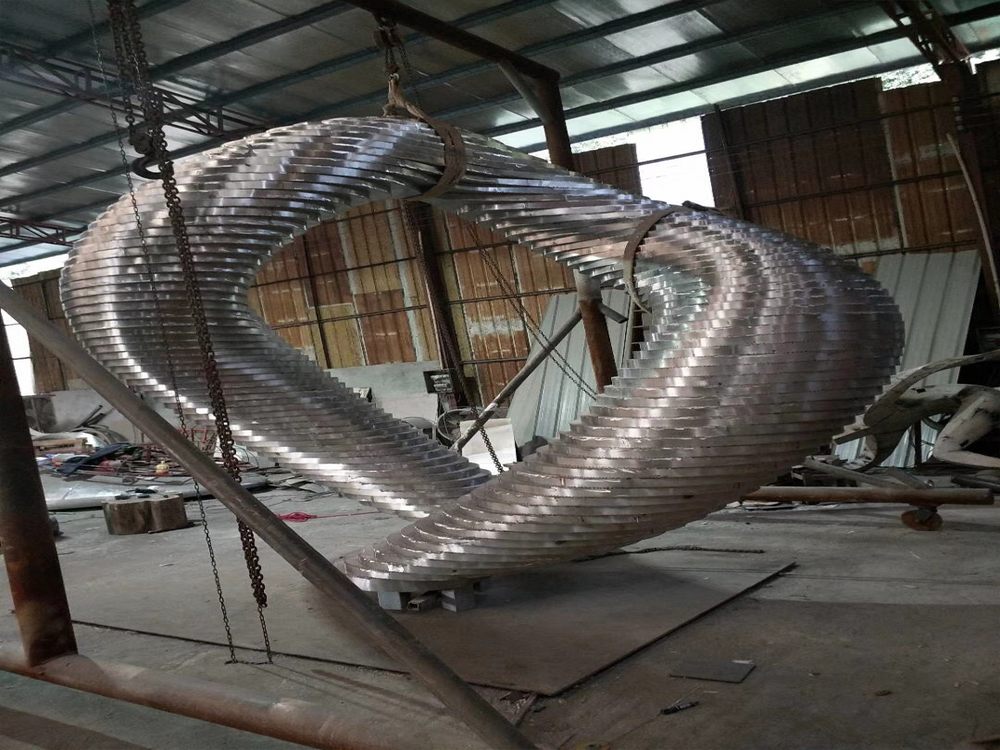
The ability to make cold, unyielding stone appear alive and in motion is one of the greatest feats in sculpture. Master artists throughout history have employed ingenious techniques to trick the eye into seeing movement where none exists.
One of the most effective methods is contrapposto, where the sculptor shifts the figure's weight onto one leg, creating an S-curve through the body. This natural stance suggests the potential for movement, as seen in Michelangelo's David. The slight tilt of the hips and shoulders makes the figure appear ready to step forward.
Flowing drapery is another powerful tool. By carving fabric that appears to ripple and billow around a figure, sculptors create visual lines that guide the viewer's eye in a dynamic path. The Parthenon sculptures demonstrate how marble can be made to look like wind-blown silk.
Strategic composition plays a crucial role. Sculptors often position limbs extending beyond the body's core or show hair flying backward to imply motion. Bernini's Apollo and Daphne masterfully captures the moment of transformation with Daphne's fingers becoming leaves mid-motion.
The play of light and shadow enhances these effects. Deep undercuts create alternating patterns of light that change as the viewer moves, giving the illusion that the sculpture itself is moving. Donatello pioneered this technique in his revolutionary shallow relief carvings.
Modern sculptors continue pushing these boundaries, using abstract forms and exaggerated perspectives to suggest motion in ways the Old Masters never imagined. Yet the fundamental principles remain - understanding anatomy, mastering stone's properties, and manipulating visual perception to breathe life into the inanimate.

